Tech 10: Virtualization Products That Are Making Data Centers More Efficient

Virtualization has had a beneficial impact on data centers for years, changing the way organizations run and manage their servers, desktops and infrastructure management. It's probably the single most important technology that makes cloud computing possible; without it, the data center wouldn't be nearly as dynamic and flexible as it is today.
Few startups these days label themselves as "virtualization" companies -- "cloud" is way more hip -- but there is still lots of innovation happening here, including management, storage, and ever-more ingenious ways of using virtualization to deliver desktops to tablets and smartphones.
The 10 virtualization products listed here are all examples of vendors pushing the envelope with virtualization in ways that make data centers more efficient and productive.
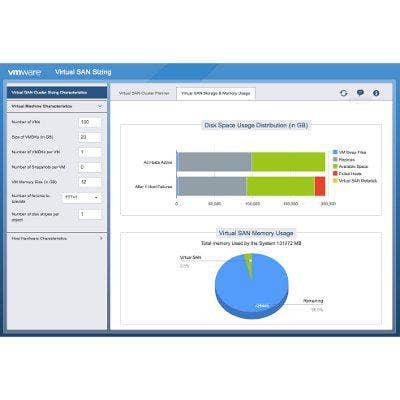
VMware VSAN
VMware started selling its VSAN storage virtualization technology earlier this year, pitching it as a significantly cheaper option than hybrid storage arrays for enterprises.
VSAN pools together storage from server hard drives and solid state drives in a way that makes it easy for virtual machines to use. It's built into the vSphere hypervisor, which means it can deliver speedy performance, and this is one of the main selling points VMware has been highlighting.
It's still unclear whether VSAN will be a hit commercially, but VMware channel partners who've tried it out say it has lots of potential. As for VMware's storage partners, they're publicly saying it's great for the industry that VMware is embracing software-defined storage. Whether they'll still be saying the same a year from now is an open question, however.
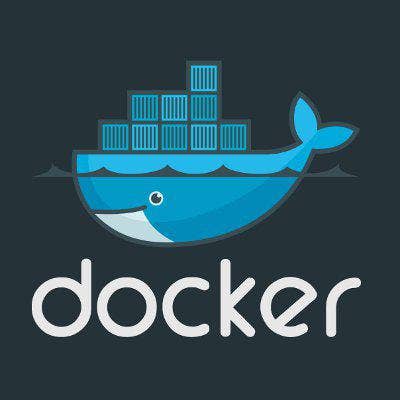
Docker Platform
Docker's Linux container virtualization has blown up in recent months to become one of the biggest stories of the year in enterprise tech. Using Docker containers, apps can be moved easily between different clouds and packaged for automatic deployment. While container tech isn't new, it's having one heck of a revitalization this year.
Docker's platform consists of Docker Engine, an application run-time and packaging tool; and Docker Hub, a cloud-based service for sharing apps and automating workflows.
Container virtualization is seen as a threat to VMware's server virtualization business because it offers similar benefits, but doesn't require a guest operating system, which means it features faster performance. VMware has embraced containers with its Project Fargo R&D effort, and Google, Microsoft, Red Hat and many other vendors also support containers.
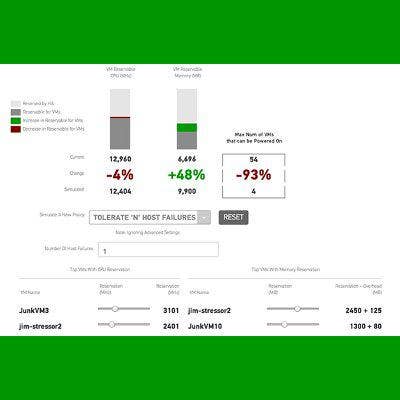
CloudPhysics SaaS Platform
CloudPhysics, a big data startup founded by former VMware employees, sells a SaaS product that analyzes billions of samples of anonymized operational data from customers' environments and uses it to prediagnose problems with their virtual server, storage and networking configurations.
"The ability to pinpoint performance bottlenecks, whether storage, network, server or application code, is an ongoing challenge," said Jeff Hausman, the newly minted CEO of CloudPhysics, in a blog post in July.
VMware Co-Founders Diane Greene and Mendel Rosenblum have taken a stake in CloudPhysics, which has raised $27.5 million from Jafco Ventures, Kleiner Perkins Caufield & Byers, and Mayfield.
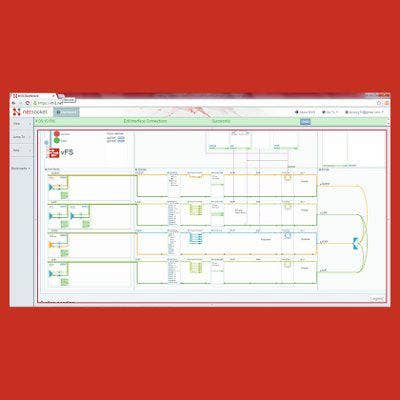
Netsocket Virtual Edge
Netsocket, a Plano, Texas-based vendor of network function virtualization technology, sells Virtual Edge, a product that can replace networking hardware with an 8-port switch and x86 server hardware no bigger than a paperback novel.
Virtual Edge is aimed at managed service providers looking to step into the software-defined networking waters. Netsocket does most of its business through the channel, and Virtual Edge is priced at $1,300 per site, which includes the MicroCloud Server, an 8-port Layer 2 Gigabit Ethernet switch and services for the first year.
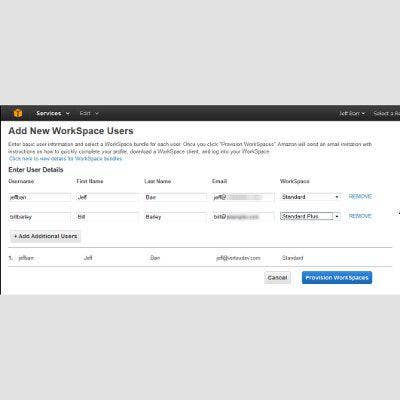
Amazon WorkSpaces
Amazon jumped into the virtual desktop market last year with WorkSpaces, its Desktop-as-a-Service offering, in which customers rent access to virtual desktops running in the AWS cloud for a monthly fee.
Virtual desktops have been long on promise, but they've yet to set the enterprise market on fire because they're expensive and difficult to deploy. Amazon, as is its habit, saw a chance to cut through the snags and deliver a service that takes all the heavy lifting out of the equation for customers.
The jury is still out on Amazon WorkSpaces, but at $35 per user monthly for the basic version, and $60 per user monthly for the advanced version, the service isn't as cheap as other parts of the company's cloud portfolio.
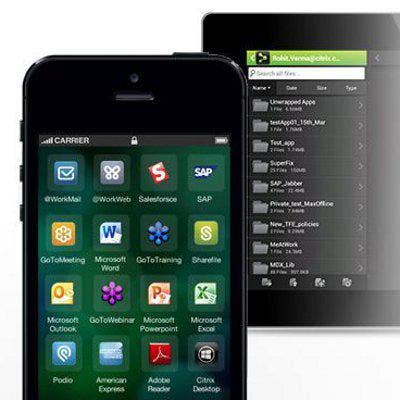
Citrix Workspace Suite
Citrix Systems unveiled its Workspace Suite in March, pitching it as a way to deliver apps, data and services from any device in a secure fashion. This has been a big focus for Citrix over the years, and the company has long enjoyed a dominant position in the desktop virtualization market.
But these days it's all about mobile devices, and Citrix has been bolstering its portfolio in this area, including with its 2012 acquisition of Zenprise, a mobile device management vendor.
Citrix updated two big pieces of Workspace Suite in August, rolling out new versions of XenApp and XenDesktop. Faster performance, stronger security and more efficient storage utilization are just a few of the benefits Citrix has been touting since the release.
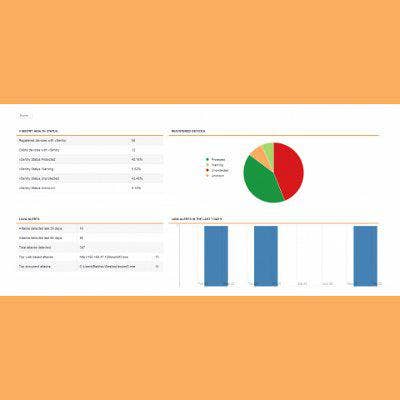
Bromium vSentry
Bromium, a 4-year-old startup founded by virtualization rock stars Gaurav Banga, Simon Crosby and Ian Pratt, uses virtualization as a security enhancer, and by all accounts, that approach is working well.
Bromium's vSentry endpoint protection technology guards users against threats while they're downloading content from the web and opening email attachments, which are common ways that malware spreads. Bromium achieves this by making all tasks run in their own "micro-VM," so if there's malware, it doesn't get to spread elsewhere on the system or network.
Bromium also is a channel-oriented vendor, and last month took its game to Canada to get solution providers interested in selling vSentry.
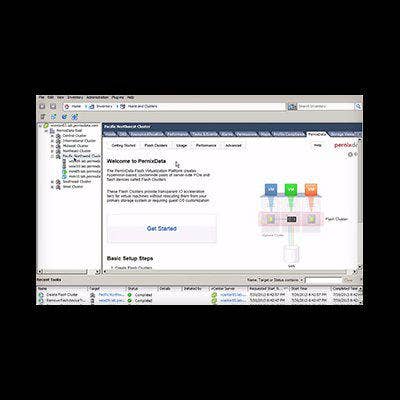
PernixData FVP
PernixData's FVP software pools flash storage and solid-state drive from physical servers into a cluster, and uses proprietary technology to turn it into high-performance storage for virtual environments. Installed in the hypervisor, it works with any virtual server with shared storage.
With PernixData FVP, organizations can tap into high-speed storage without having to shell out the money on an all-flash storage array. That's disruptive to legacy storage vendors, and it's one of the biggest factors driving the meteoric rise of software-defined storage tech in the data center.
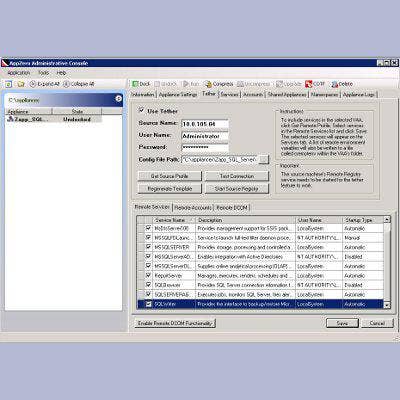
AppZero Virtual Application Appliance
AppZero sells a "virtual application appliance" that works with a kind of hypervisor or cloud and isn't tied to a specific vendor or technology. This versatility has made it ideal for Windows XP migrations, and AppZero is now shifting its sights to helping Microsoft customers migrate off of Windows 2003 prior to the vendor's end-of-support deadline next July.
AppZero handles the heavy lifting involved with moving complex Windows server applications, and for this reason it's getting lots of attention in the Microsoft customer base. Plus, AppZero is very channel- friendly, which means Microsoft customers accustomed to working with conscientious VARs will feel right at home.
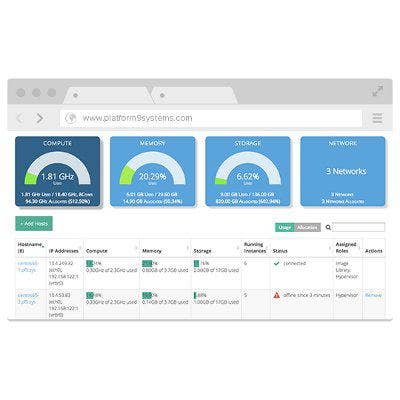
Platform9 Cloud Service
Platform9, a startup co-founded by former VMware engineers, came out of stealth mode in August with a SaaS service that turns an organization's physical servers into a smooth-running private cloud.
Platform9's executive team worked on VMware's vCloud Director cloud management tool during their time at the virtualization vendor, and Platform9 is their effort to improve on that product. The goal: to give customers a public cloudlike infrastructure that runs on servers in their data centers.
Platform9 is now in beta for KVM support and has technical previews for Docker and vSphere, and it's also fully compatible with OpenStack APIs.